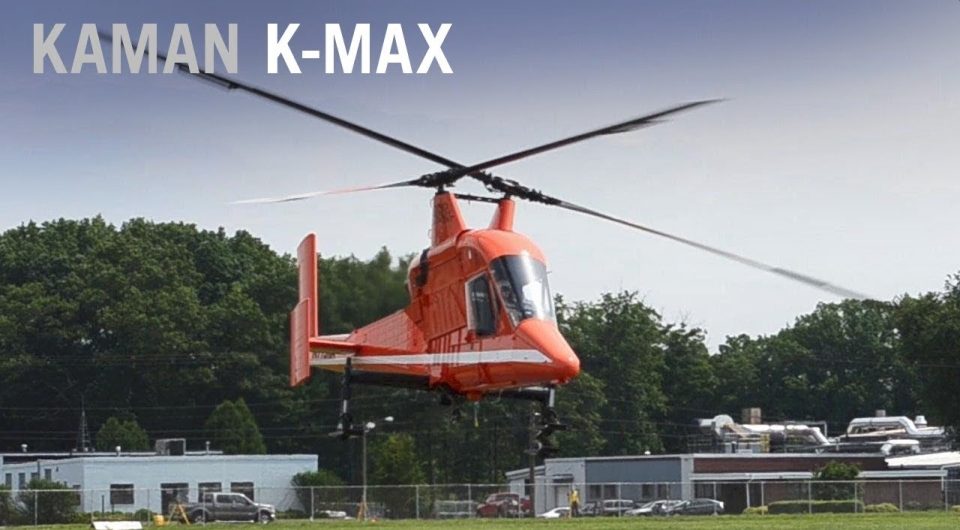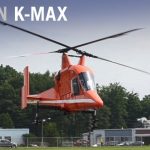Watch the KAMAN K-MAX, the world’s first dual intermeshing helicopter that eliminates the need for a tail rotor

In the early 1980s, the Defense Advanced Research Projects Agency (DARPA) came up with the idea of no-tail-rotor (NOTAR) technologies, which resulted in significantly quieter helicopters that could operate with a lower chance of detection. DARPA’s innovation led to a NOTAR series of helicopters used by government agencies and the commercial sector.
The idea of a helicopter without a tail rotor was revolutionary at the time simply because a tail rotor provides a counteracting force to the helicopter’s main rotor. Secondly, without the sideways thrust produced by the tail rotor, the torque generated by the main rotor would spin the helicopter’s body in the opposite direction.
Then on December 23, 1991, Kaman Aircraft introduced the K-MAX (K-1200), a helicopter with intermeshing rotors (synchropter) that eliminates the need for a tail rotor, which makes the K-Max lighter and less costly to maintain. These opposite-spinning rotors lend the K-MAX a natural tendency to hover, making it more stable.
The K-MAX is designed to lift more than its weight–6,000 pounds–and burns just 82 gallons of fuel per hour during lift operations, making it the most efficient lift-to-fuel ratio of any helicopter in its class. The K-MAX is ideal for precision lifting and placing. It’s also valuable to firefighters, construction firms, and the military.
Intermeshing rotors on a helicopter are a set of two rotors turning in opposite directions, with each rotor mast mounted with a slight angle to the other, in a transversely symmetrical manner, so that the blades intermesh without colliding. The arrangement allows the helicopter to function without a tail rotor, which saves power. However, neither rotor lifts directly vertically, which reduces efficiency per each rotor.
After being out of production for more than a decade, in June 2015 Kaman Aircraft announced it was restarting production of the K-MAX due to it receiving ten commercial orders. The first flight of a K-MAX from the restarted production took place in May 2017 and the first new-build since 2003 was delivered on July 13, 2017, for firefighting in China.
Below is a video of K-MAX in action.
Here is another video of KAMAN K-MAX

